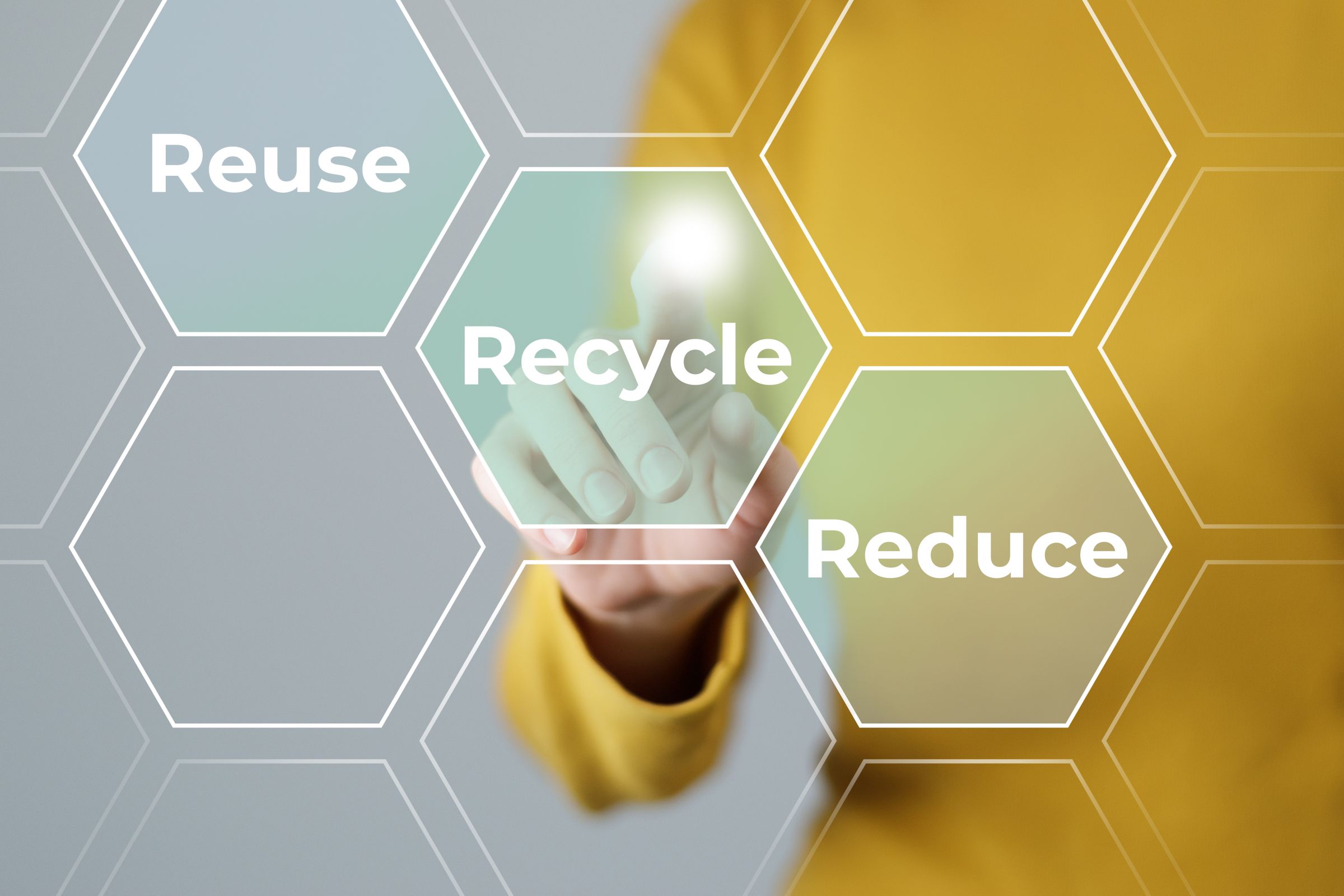
Quản lý vật liệu
Chính sách quản lý vật liệu
Nam Liong Global chủ yếu lấy nguyên liệu từ các nhà cung cấp bên ngoài. Tám mặt hàng ưu tiên trong việc mua sắm bao gồm keo (bao gồm phụ gia cho keo, tác nhân hóa học và nguyên liệu cao su), sợi đặc biệt, nhựa polymer, băng dính móc và vòng, vải, phụ kiện và vật liệu đóng gói, sợi đặc biệt và bọt polymer. Tổng khối lượng mua sắm nguyên liệu, dựa trên 80% hàng đầu theo giá trị mua sắm cho năm 2024, đạt 5.521,7 tấn, trong đó 32,08 tấn là nguyên liệu tái tạo.
Tiến về phía trước, Nam Liong Global cam kết với triết lý phát triển bền vững của chúng tôi, tập trung vào việc tăng cường thu mua nguyên liệu tái tạo và nâng cao việc tái chế và tái sử dụng chất thải trong nội bộ, với mục tiêu tối đa hóa hiệu quả sử dụng tài nguyên và giảm thiểu tác động đến môi trường trong khi đảm bảo chất lượng và an toàn sản phẩm. Chúng tôi sẽ tiếp tục khám phá các nguyên liệu thô thay thế thân thiện với môi trường tuân thủ các tiêu chuẩn quốc tế như Tiêu chuẩn Tái chế Toàn cầu (GRS) và chứng nhận của Hội đồng Quản lý Rừng (FSC), từ đó thúc đẩy sự phát triển của chuỗi cung ứng xanh. Ngoài ra, chúng tôi sẽ quản lý việc tìm nguồn và phối hợp nguyên liệu thô để đảm bảo rằng sản phẩm của chúng tôi hoàn toàn tuân thủ các sáng kiến, quy định và chỉ thị về môi trường quốc tế, từ đó củng cố trách nhiệm môi trường của chúng tôi và tiến tới sự bền vững.
SASB-CG-AA-440a.4 Trọng lượng mua sắm vật liệu (tấn)
Material Procurement Quản lý theo tiêu chuẩn SASB
| Chỉ số | Tuyên bố thực hiện SASB-CG-AA-440a.3 |
|---|---|
| 1. Các yếu tố môi trường và/hoặc xã hội có khả năng đe dọa nguồn cung | ● Về các yếu tố môi trường, increasingly stringent regulations related to climate change and net zero carbon emissions are driving up the costs of raw material production and transportation. The over-exploitation of natural resources may result in issues such as land degradation and water scarcity, further leading to supply shortages, price fluctuations, and potential quality instability. In addition, the production of raw materials involves carbon emissions, wastewater discharge, chemical pollution, and high energy consumption, all of which pose long-term environmental impacts and consequential challenges to the Corporate’s operational sustainability. ● Về các yếu tố xã hội, geopolitical tensions and global economic instability have increased the uncertainty of international trade, thereby raising the complexity of procurement and supply chain management. Meanwhile, the textile industry in Taiwan faces challenges such as capacity relocation, the exit of small-scale processing plants, and an aging skilled workforce, resulting in increased difficulty in sourcing raw materials and affecting supply chain stability. In addition, supply chain operations may involve issues such as poor labor conditions, the use of child labor, and inadequate occupational safety, posing potential risks to both the Corporate’s fulfillment of social responsibilities and reputation. |
| 2. Rủi ro và/hoặc cơ hội kinh doanh liên quan đến các yếu tố môi trường và/hoặc xã hội | ● Về các rủi ro, as the world moves toward net zero carbon emissions, the use and import of raw materials with high carbon emission may be restricted, resulting in increased compliance pressures and environmental costs for businesses. International markets placing growing emphasis on environmental, social, and governance (ESG) performance, and brand customers are imposing increasingly stringent requirements on green supply chains, non-compliance may lead to potential loss of orders. In addition, fluctuations in raw material prices and supply chain instability may affect production costs and operational efficiency, thereby increasing overall business risk. ● Về các cơ hội, the increasing global demand for environmentally friendly materials is driving the expansion of markets for recyclable, low-carbon, and bio-based materials. Businesses that comply with environmental regulations and hold sustainability certifications are more likely to gain favor with international brands, thereby enhancing their market competitiveness. In addition, developing and certifying green products can strengthen corporate image, create sustainable business opportunities, and enhance businesses’ capacity for sustainable development. |
| 3. Chiến lược quản lý để giải quyết rủi ro và cơ hội kinh doanh | ● Về quản lý chuỗi cung ứng, Nam Liong Global collaborates with suppliers who comply with restricted substances standards and sources raw materials certified to third-party environmental or social standards to effectively mitigate potential environmental and health risks. These standards include the Global Recycled Standard (GRS), the Forest Stewardship Council (FSC®) certification, the OEKO-TEX®STANDARD 100, and the bluesign® standard. A supplier sustainability self-assessment mechanism is established to regularly evaluate their environmental and social conditions. In addition, inventory pressure is reduced and supply chain resilience strengthened through coordinated supplier material preparation and batched shipments, while in-house production lines are expanded to enhance autonomous manufacturing capabilities and quality control, thereby mitigating potential supply chain disruptions. ● Về quản lý vật liệu, Nam Liong Global continues to promote waste recycling and reuse initiatives, including the reintroduction of in-house production scraps and the off-site pyrolysis oil refining of waste rubber, thereby improving material utilization efficiency and reducing waste disposal costs. In addition, the Corporate advances environmentally friendly processes and green materials through the expansion of the Eco-Family product series, focusing on the use of recycled and bio-based materials, as well as solvent-free or water-based processes, with the objective of effectively mitigating the environmental impact throughout the product lifecycle. ● Moving forward, Nam Liong Global remains committed to continuously conducting organization-wide greenhouse gas (GHG) inventories and product carbon footprint assessments, enhancing data-driven management capabilities to support our sustainability-oriented decision-making. The Corporate will also deepen strategies for green supply chains and material recycling and reuse, collaborating with suppliers and customers to advance sustainable operations. |
